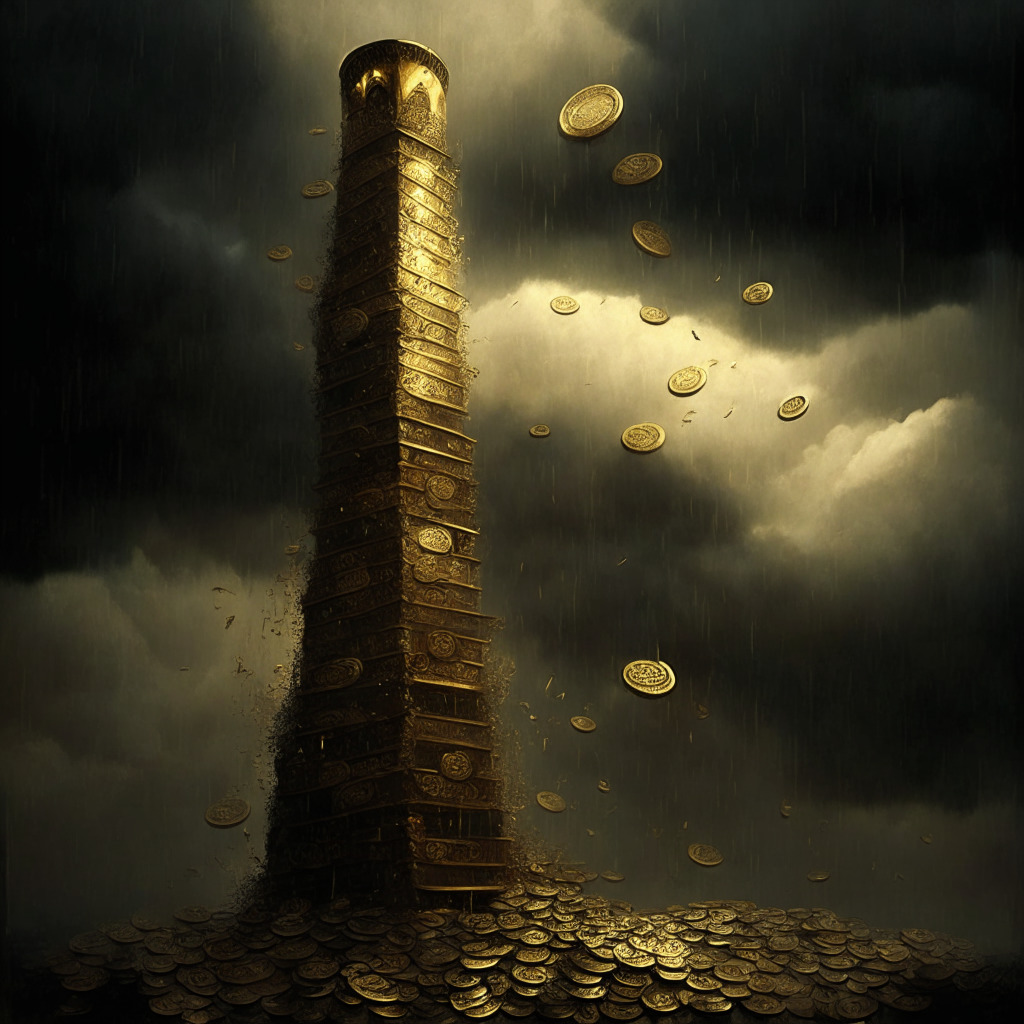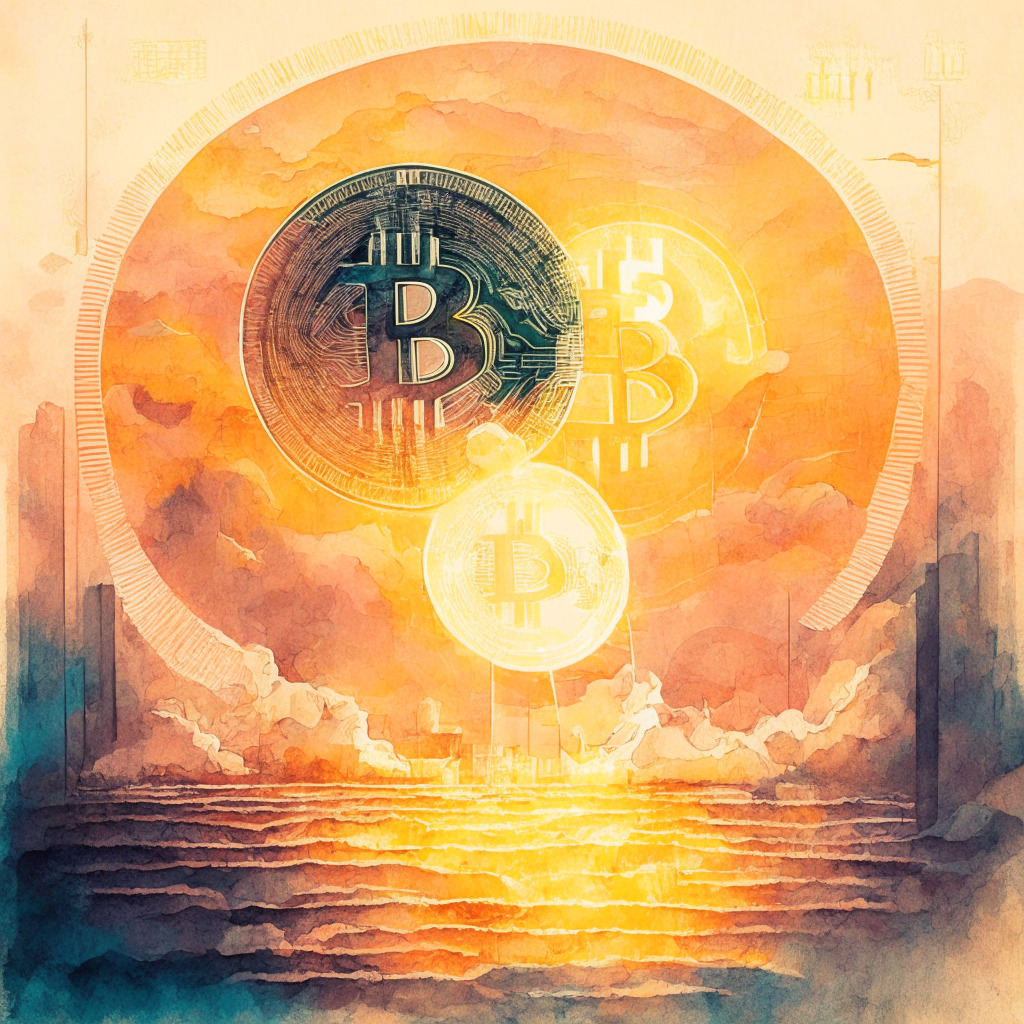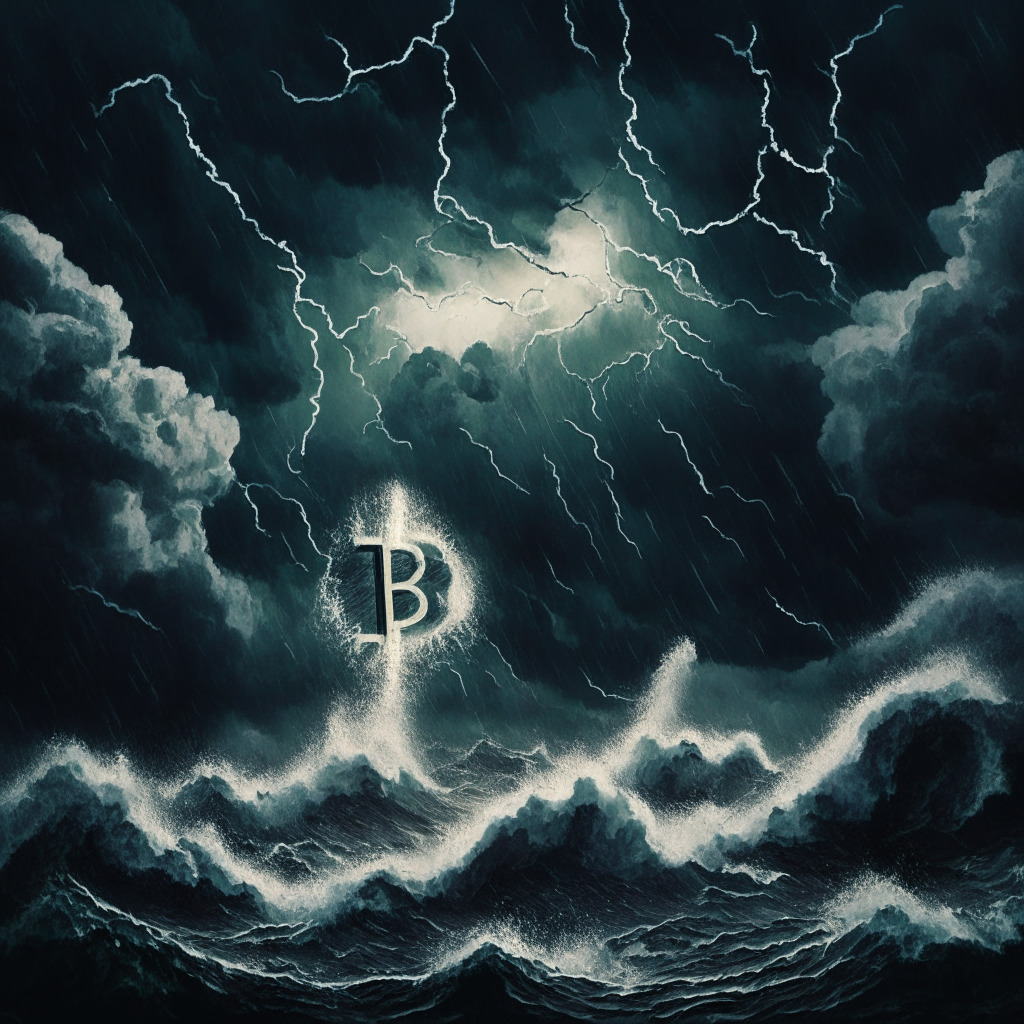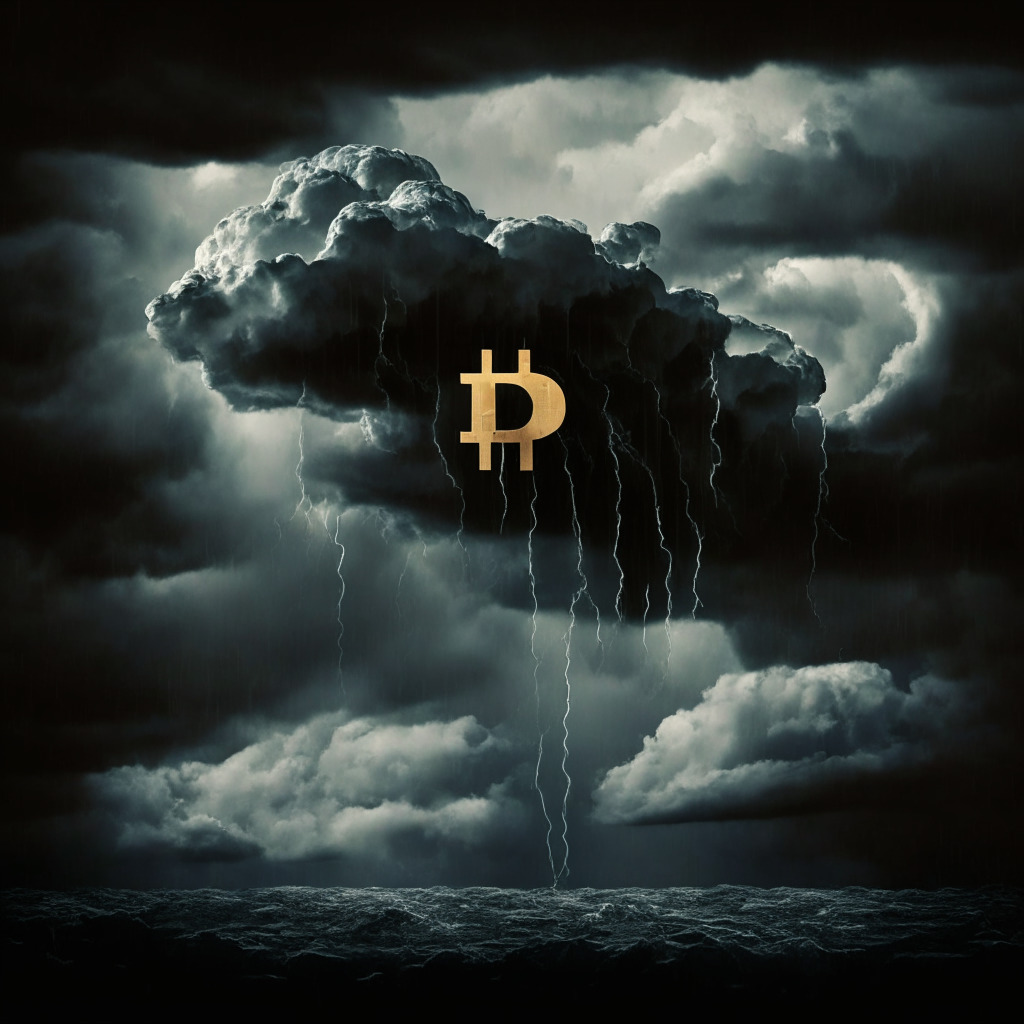Decentralized Finance (DeFi), once acclaimed for its promise of disintermediating money from power and endorsing unrestrained access to financial services, has been undergoing a crisis of confidence. The turmoil arose not from outside interference, but from within DeFi’s protocols.
Just recently, the DeFi community has witnessed the nerve-wracking scenario of a death spiral when Curve Finance’s founder, Michael Egorov, ventured into a daring leveraged gamble on his own platform’s tokens. Egorov bet on CRV tokens, amassing as much as 47% of the total supply and leveraging them in loans that amassed to an enormous $110 million.
The hack on Curve trading pools led to a significant drop in values, pushing these loans on the brink of liquidation. The death spiral scenario not only had the potential to wipe out Egorov’s funds but could have inevitably brought down the entire DeFi sector. As CRV functions as collateral across the DeFi ecosystem, such a debacle could have toppled the sector.
Whilst this demolition was averted at the eleventh hour because of some strategic deals Egorov made with influential traders such as Justin Sun, a few, including Aave’s CEO Stani Kulechov, were pressing for further intervention. Suggestions for these interventions included tapping into Aave’s insurance fund or activating a safety mechanism paid for by Aave stakers.
This close brush with disaster demands some probing. The questions range from the legitimacy of allowing Egorov almost half of the total CRV supply, why there were no earlier interventions, the lack of borrowing caps on lending protocols to the delayed reaction of the developers to these warning signs. While some argue the situation is inherently ‘DeFi’, it isn’t wrong to claim that a similar greed and hypocrisy plague the conventional financial sector.
But what’s worse is that DeFi, which was expected to define a different path, is turning out to be yet another playground for heavy bag holders, proving futile for average crypto holders losing to complex technicalities such as trading fees and impermanent loss.
This whole debacle serves as a grim reminder of the risks entailed in the freewheeling world of DeFi. It has far-reaching implications on the trust, faith, and transparency that DeFi once stood as a beacon for. It is indeed a black eye on the sector, and a reminder that greed and myopia can bring even the mightiest establishments almost to their knees. The alarm bells have been rung, and whether they’re heard or dismissed as noise will define DeFi’s path ahead.
Source: Coindesk




